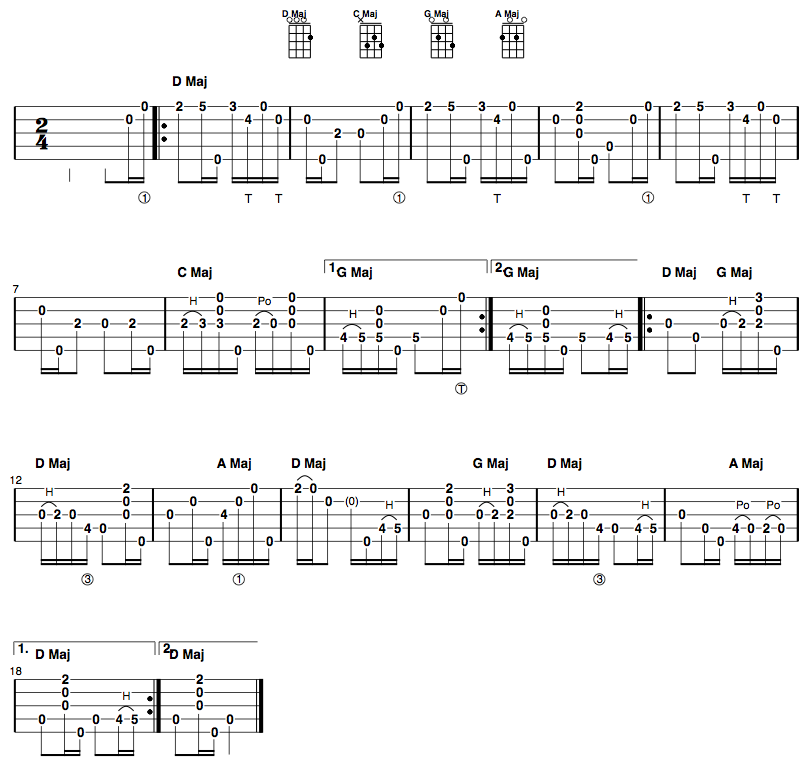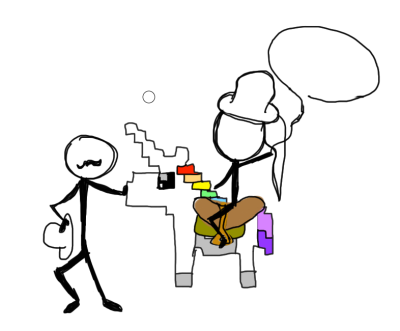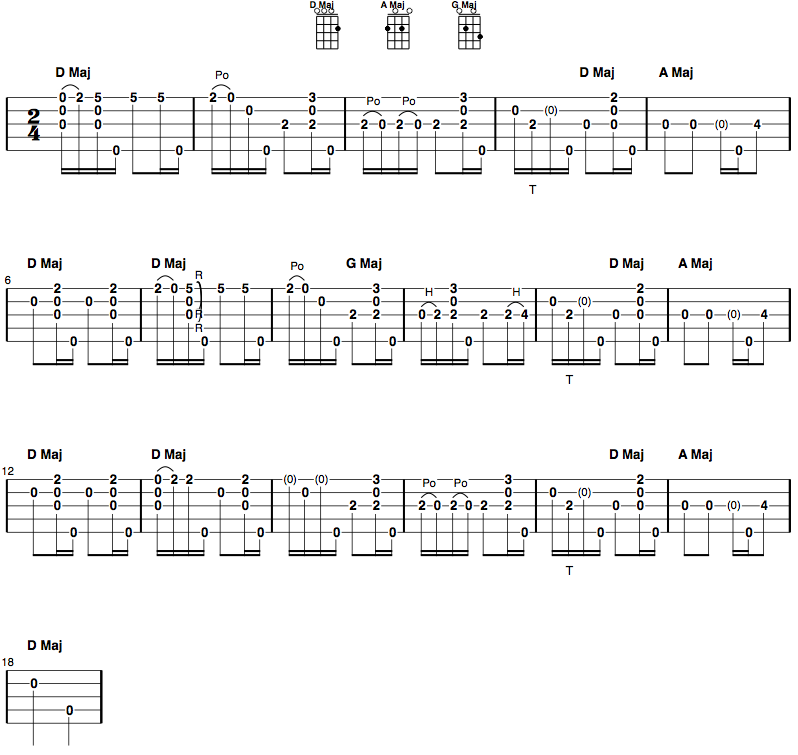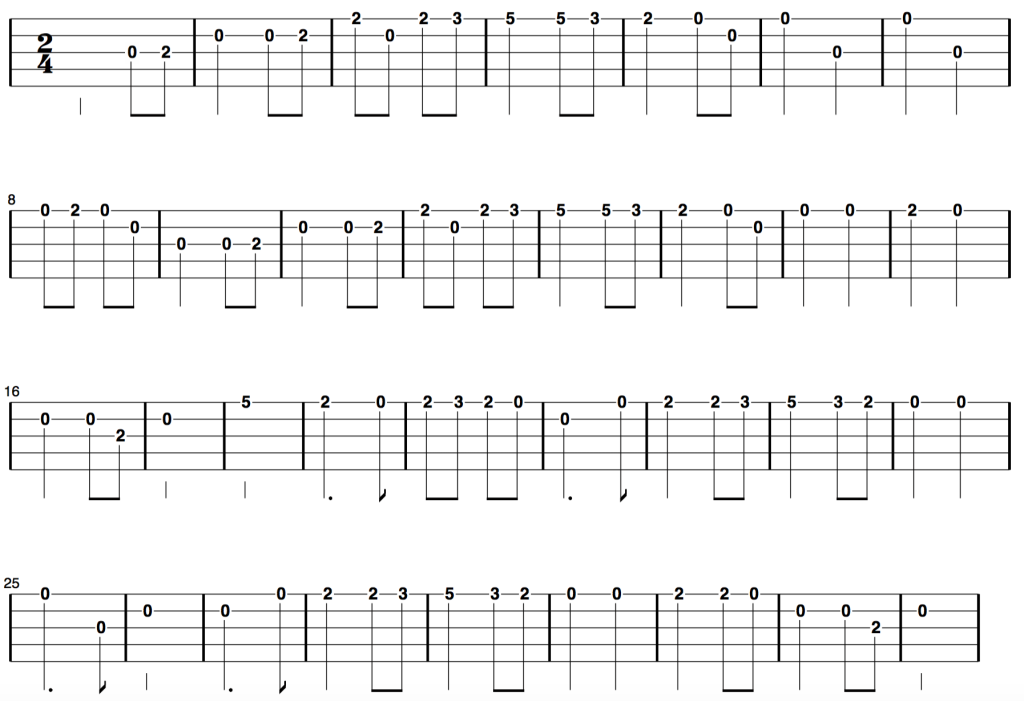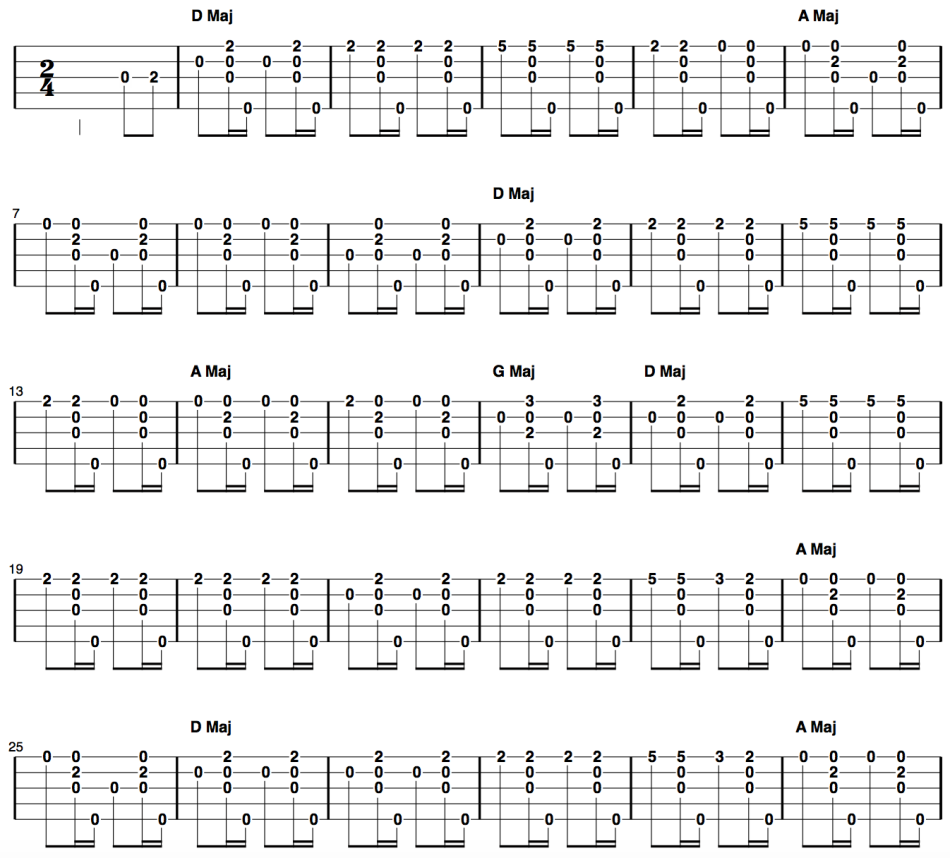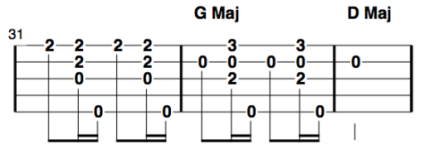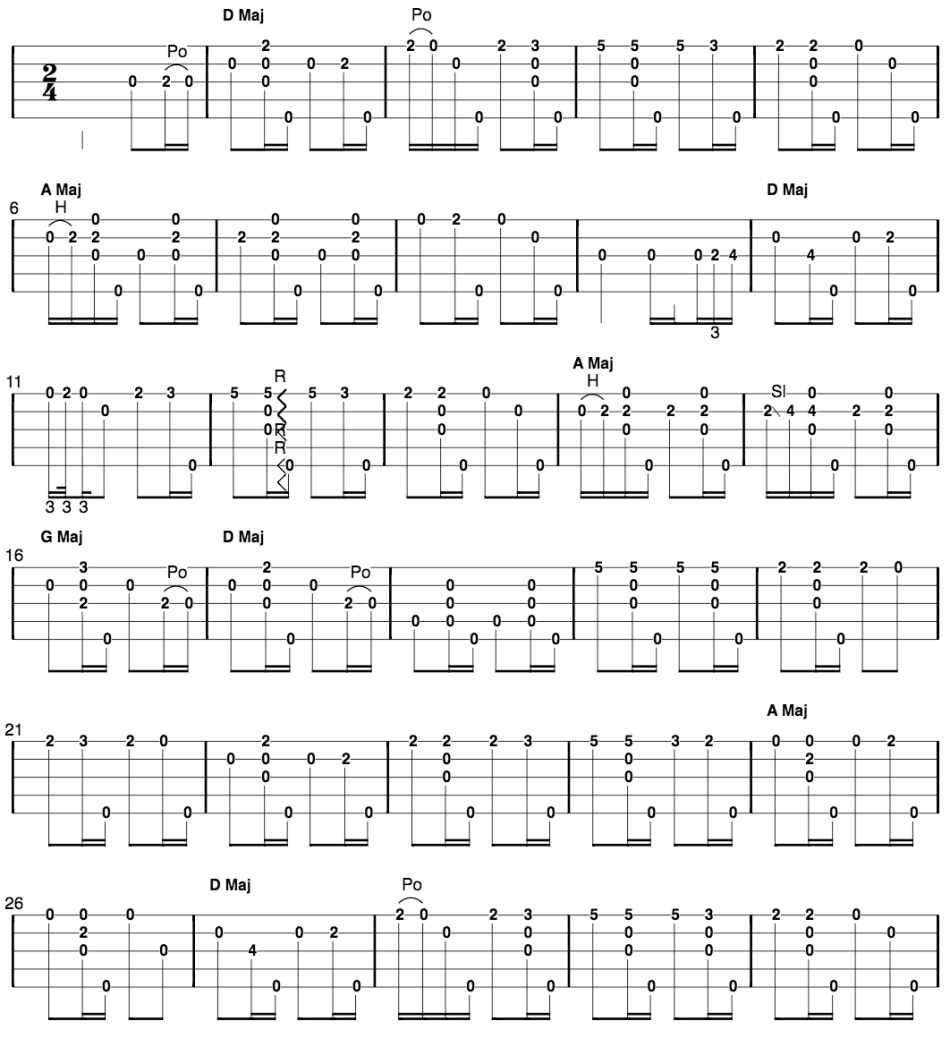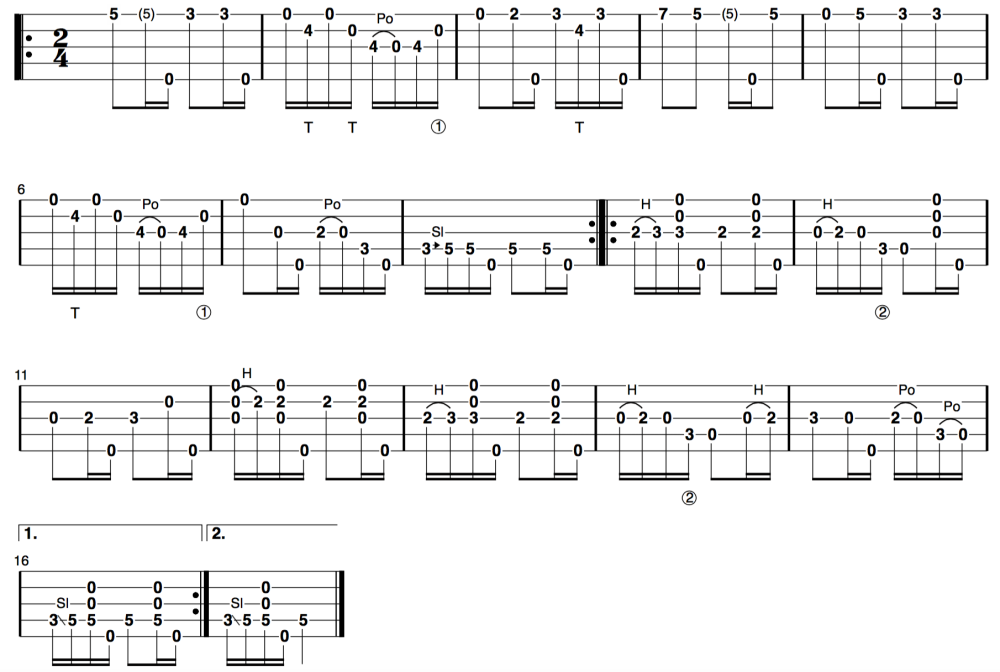One of the questions I receive on a recurring basis from folks has to do with “alternate” tunings (the alternate in parentheses since the term implies there’s a primary tuning that you’re deviating from, which is a matter of debate).
Specifically, why do I use them? The subtext here is can you please stick to one tuning to make things a little easier? 🙂
Those who’ve been around old-time banjo for any length of time surely recognize the tunings used in the Tune of the Week tunes as familiar friends.
But for those somewhat new to clawhammer style, the use of multiple tunings on the banjo may seem a bit confusing, and perhaps intimidating. This is especially true if you played guitar prior to learning banjo.
With the guitar, there is a “standard” tuning out of which most everything is played, and most guitarists seem to view alternate tunings as an esoteric consideration (even though they can sound incredible on that instrument as well).
Not so for the banjo.
I’ll be covering this subject a bit more in depth in the near future, but now let me say this: please do not be intimidated by alternate tunings. They make you sound better, and they make playing easier.
What’s more, you’ll find that I really just use two primary tunings for the majority of my tunes:
1) gDGBD, aka “standard” G, for G tunes. For A tunes, I raise this up two half steps to aEAC#E (since the pitch relationship between strings is the same in each of these, they aren’t viewed as separate tunings; merely, the same tuning adjusted for different keys), and
2) gCGCD, aka “double C”, for C tunes. For D tunes, I raise this up two half steps to aDADE, aka “double D”.
There are other tunings I use occasionally as well, but the above two are the mainstays.
And if I were forced to choose just one tuning to use for the rest of my days, it’d probably be the 2nd (double C/D), the tuning of choice for today’s tune: “Over the Waterfall.”
Learn From My Folly
When I first started playing clawhammer style banjo, I too was skeptical and apprehensive about alternate tunings. I had two strikes against me: I’d learned guitar before the banjo, AND I’d learned 3-finger bluegrass style before trying my hand at clawhammer (pun partially intended).
In 3-finger bluegrass banjo, gDGBD is considered the standard, thanks to the towering influence of Earl Scruggs on the genre.
But when I first got the nerve to move by banjo to “double C” tuning, it took me all of about 1.5 seconds to realize the folly of my prior apprehension. My banjo sounded amazing, as if it had just awoken for the first time. In fact, I was so worried I would lose that glorious sound that I didn’t re-tune for about 6 months!
So, once again, don’t be afraid of the alternate tunings. They exist for very good reason.
And today’s tune, “Over the Waterfall”, wouldn’t sound half as good without them.
Over the Waterfall
aDADE tuning, Brainjo Level 3
Notes on the tab:
Notes in parentheses are “skip” notes. To learn more about these, check out my [free] video lesson on the subject.
For more on reading tabs in general, check out my complete guide on reading banjo tabs.
